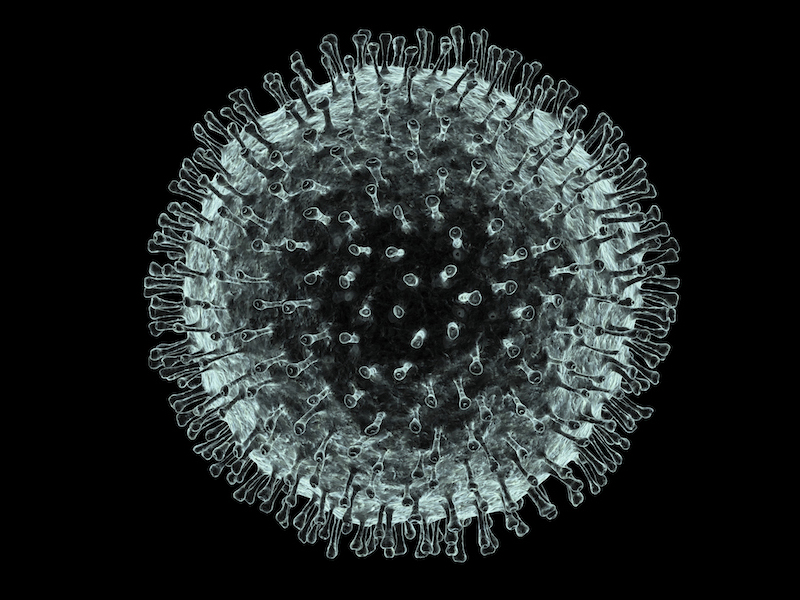Last week—like every other week since the beginning of the novel Coronavirus outbreak—brought multiple, significant updates. Two of the biggest pieces of news from the last week brought some confusion with them. The first was the naming of the virus and the disease it causes. The second was the report of a recent spike in case numbers. Here, we delve into these recent updates, to further explain some of the perplexing details.
All in a name
For weeks, the virus at the center of the outbreak has been referred to as the “novel coronavirus” or 2019-nCoV. But, as announced on February 11, by the Director General of the World Health Organization (WHO), Tedros Adhanom Ghebreyesus, a name was now associated with the Coronavirus. He said, “We now have a name for the disease: COVID-19. I’ll spell it: C-O-V-I-D hyphen one nine—COVID-19.”
He stressed that they sought to find a name that “did not refer to a geographical location, an animal, an individual or group of people, and which is also pronounceable and related to the disease.” He added that having a name “matters to prevent the use of other names that can be inaccurate or stigmatizing. It also gives us a standard format to use for any future coronavirus outbreaks.”
Perhaps because people had been waiting for a name for the virus or other reasons, the distinction between the virus and the disease was lost and COVID-19 was mistakenly reported as the virus’s name and the intended name of the disease that the virus causes.
But, the virus did get a name, also on February 11, posted in a bioRxiv preprint titled, “Severe acute respiratory syndrome-related coronavirus: The species and its viruses—a statement of the Coronavirus Study Group”. The Coronavirus Study Group (CSG) of the International Committee on Taxonomy of Viruses is responsible for developing the official classification of viruses and taxa naming (taxonomy) of the Coronaviridae family. The group writes that they “assessed the novelty of the human pathogen tentatively named 2019-nCoV” and based on “phylogeny, taxonomy, and established practice” the CSG “formally recognizes this virus as a sister to severe acute respiratory syndrome coronaviruses (SARS-CoVs) of the species Severe acute respiratory syndrome-related coronavirus and designates it as severe acute respiratory syndrome coronavirus 2 (SARS-CoV-2).”
Although some have expressed that the naming of disease and virus could have had more coordination, the initial confusion seems to have settled and, until further notice, the SARS-CoV-2 virus causes the disease COVID-19.
Nomenclature may not be the most pressing issue of this ongoing health crisis. But, in a time where there is an “infodemic”—defined by the WHO as “an over-abundance of information—some accurate and some not—that makes it hard for people to find trustworthy sources and reliable guidance when they need it”—it is important to keep information as clear as possible.
Fluctuating numbers
Last week, the number of cases spiked dramatically, with an overnight new case count on Thursday of roughly 15,000—almost ten times more than what had come to be expected for new case numbers—shocking people who were keeping track of the numbers.
But it took a deeper look to realize that the numbers didn’t mean that the outbreak was worsening. Instead, it represented a change in how the cases were counted. Under the new policy, cases of COVID-19 could be diagnosed based on clinical presentation for people who demonstrate symptoms upon a physical exam, without waiting for genetic confirmation of the virus. Experts seem to agree that a change in the definitions should not cause alarm and, in fact, broadening the definition of a diagnosis may be a positive move in controlling the outbreak.
It has been hard to keep up, but the latest numbers (from Feb 16) see China’s case numbers topping 70,000 (70,548) with reported deaths at 1,770. There have been four deaths outside of China (one reported in each of Taiwan, France, Japan, and the Philippines.)



